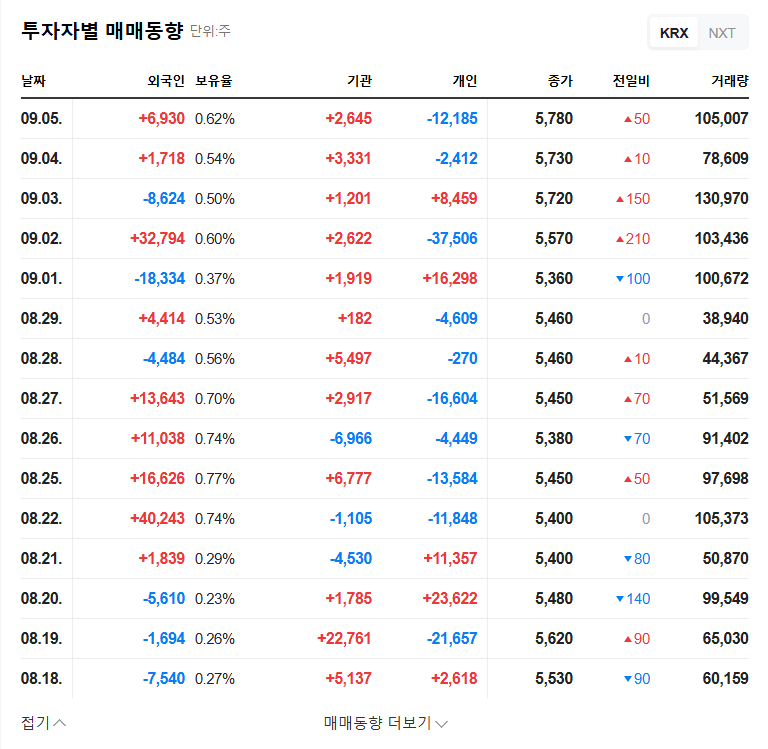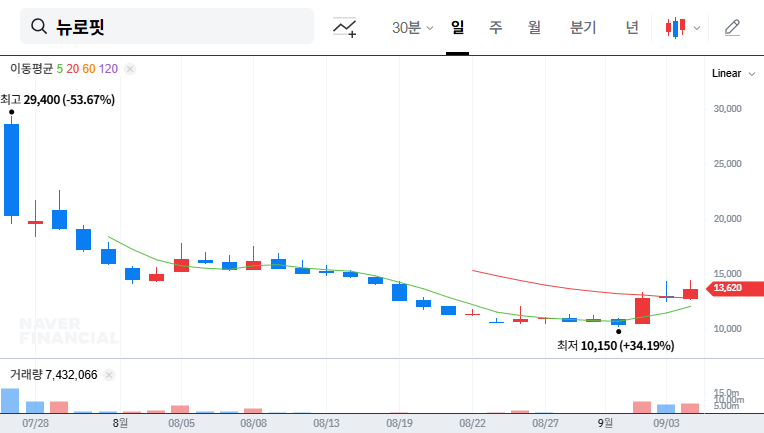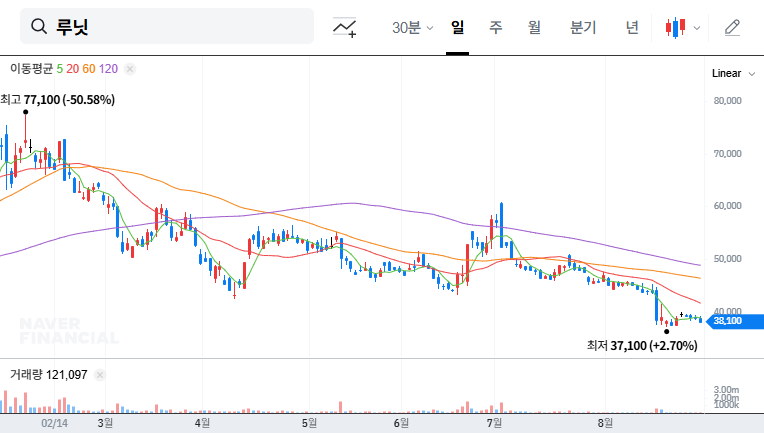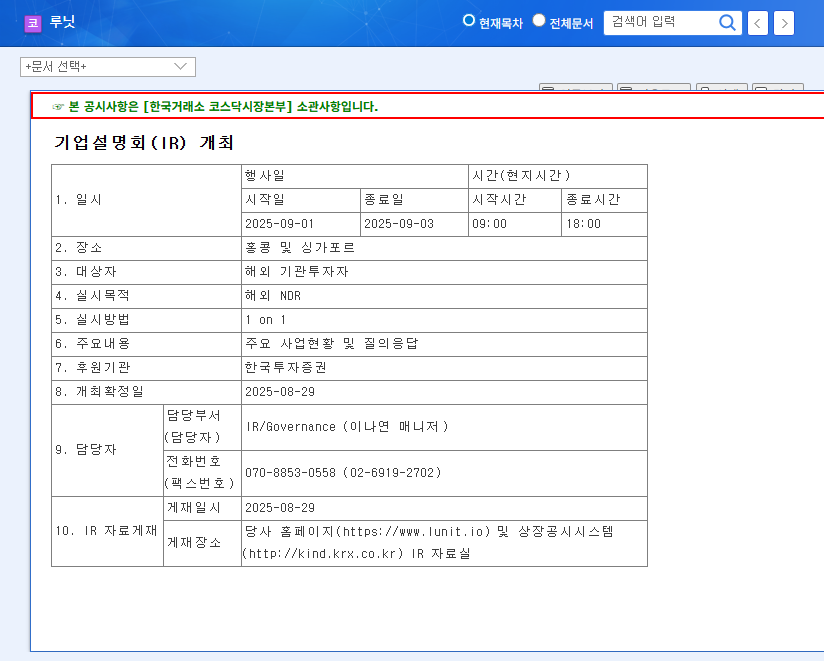
Deepnoid Announces 27 Billion Won Rights Offering: What’s Happening?
Deepnoid announced a rights offering on September 8, 2025, to raise 6 billion won for facilities and 21 billion won for operations. It will be conducted through a rights offering followed by a public offering of unsold shares, with a subscription ratio of 0.3 shares per share. Subscription and payment will take place in December 2025, with new shares listed on December 30.
Why the Rights Offering?
Despite rapid sales growth, Deepnoid is recording an operating loss due to increased R&D and operating expenses. The funds secured through this rights offering will be used to improve the financial structure, expand R&D investment in medical AI and industrial AI (such as the secondary battery VISION SYSTEM), invest in facilities, and strengthen marketing.
How Will the Rights Offering Affect Investors?
- Positive Aspects: Expectations for long-term corporate value growth through improved financial structure and securing growth momentum.
- Negative Aspects: Possibility of dilution of existing shareholders’ equity due to the 30% offering ratio, short-term downward pressure on stock prices.
What Should Investors Do?
Investors should carefully consider the following factors and make prudent investment decisions:
- Whether the funds from the rights offering are efficiently executed.
- Whether Deepnoid can secure competitiveness amid intensifying competition in the AI market.
- The possibility of improving profitability and turning to profit.
- Whether market expectations are met.
Deepnoid’s rights offering presents both opportunities and risks. It is important to remember that only informed investment decisions can lead to successful investments.
Frequently Asked Questions (FAQ)
What is the purpose of Deepnoid’s rights offering?
The rights offering was decided to secure 6 billion won for facilities and 21 billion won for operations. The secured funds will be used for AI solution R&D, facility investment, and marketing reinforcement.
How will the rights offering affect the stock price?
In the short term, the increase in the number of shares may put downward pressure on the stock price. However, in the long term, business growth through securing funds can have a positive impact on the stock price.
Should I participate in the rights offering?
Investment decisions should be based on individual judgment. You should carefully consider the company’s financial situation, growth potential, and market conditions. This analysis is not an investment recommendation.







